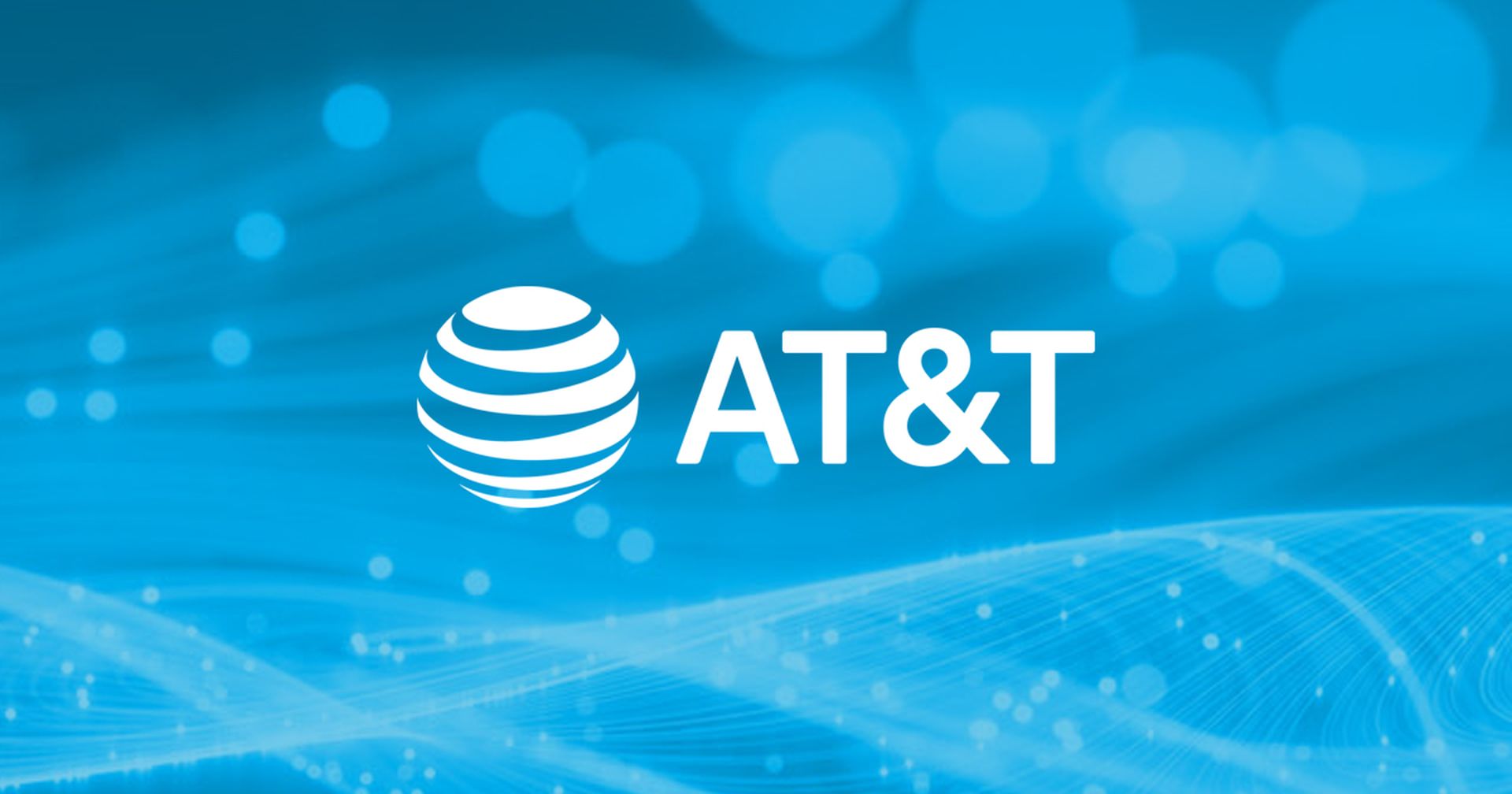
AT&T announced the coast-to-coast deployment of its 5G Standalone network across the United States. This upgrade modernizes the network core and transmission equipment to provide specific performance improvements, though access is not yet available to all customers.
What is 5G Standalone?
5G Standalone (5G SA) is the pure, independent form of 5G technology that operates entirely on a 5G core network instead of relying on existing 4G LTE infrastructure. Unlike 5G Non-Standalone (NSA), which uses a 4G core for control functions, 5G SA enables the full capabilities of next-generation connectivity—such as ultra-low latency, network slicing, and massive machine-type communication. This architecture allows operators to deliver faster, more reliable, and flexible networks suited for advanced applications like smart factories, autonomous vehicles, and real-time remote operations.
The current standard for most cellular users is what is known as “5G Non-Standalone” service. This system is built upon existing 4G infrastructure but includes an added 5G layer that enables additional bandwidth and faster data transmission. In a 5G Standalone network, such as the one AT&T has now deployed, the infrastructure is more comprehensively updated. Both the transmission equipment at cell towers and the central network “core,” which powers connectivity for the provider, are upgraded to utilize modern communications technology more effectively.
For consumers, AT&T states these architectural improvements will result in lower latency and enhanced upload speeds relative to the performance of legacy 5G Non-Standalone networks. Lower latency reduces the delay between a user’s action and the network’s response, a critical factor for real-time applications. The faster upload speeds facilitate quicker sharing of large files and higher quality video calls from a mobile device.
AT&T confirmed that “select services” are already using the 5G Standalone network across the country. As a specific example, the company highlighted that the latest Apple Watch wearables can now connect through its 5G RedCap network. RedCap, which stands for “reduced capacity,” is a technology variant designed for devices with lower power and bandwidth needs, such as smartwatches. This represents a change from the LTE connection typically used for such wearable devices.
Although the 5G Standalone network is technically established nationwide, it is not yet accessible to every customer with a 5G-enabled device on AT&T’s service. The company is currently in the process of expanding access to a broader customer base. This rollout is proceeding as two main conditions are met: the availability of compatible device support and the completion of necessary network provisioning for individual users.
Featured image credit






























